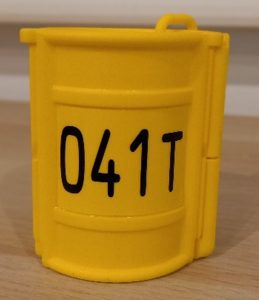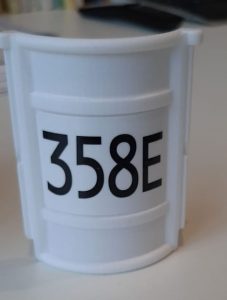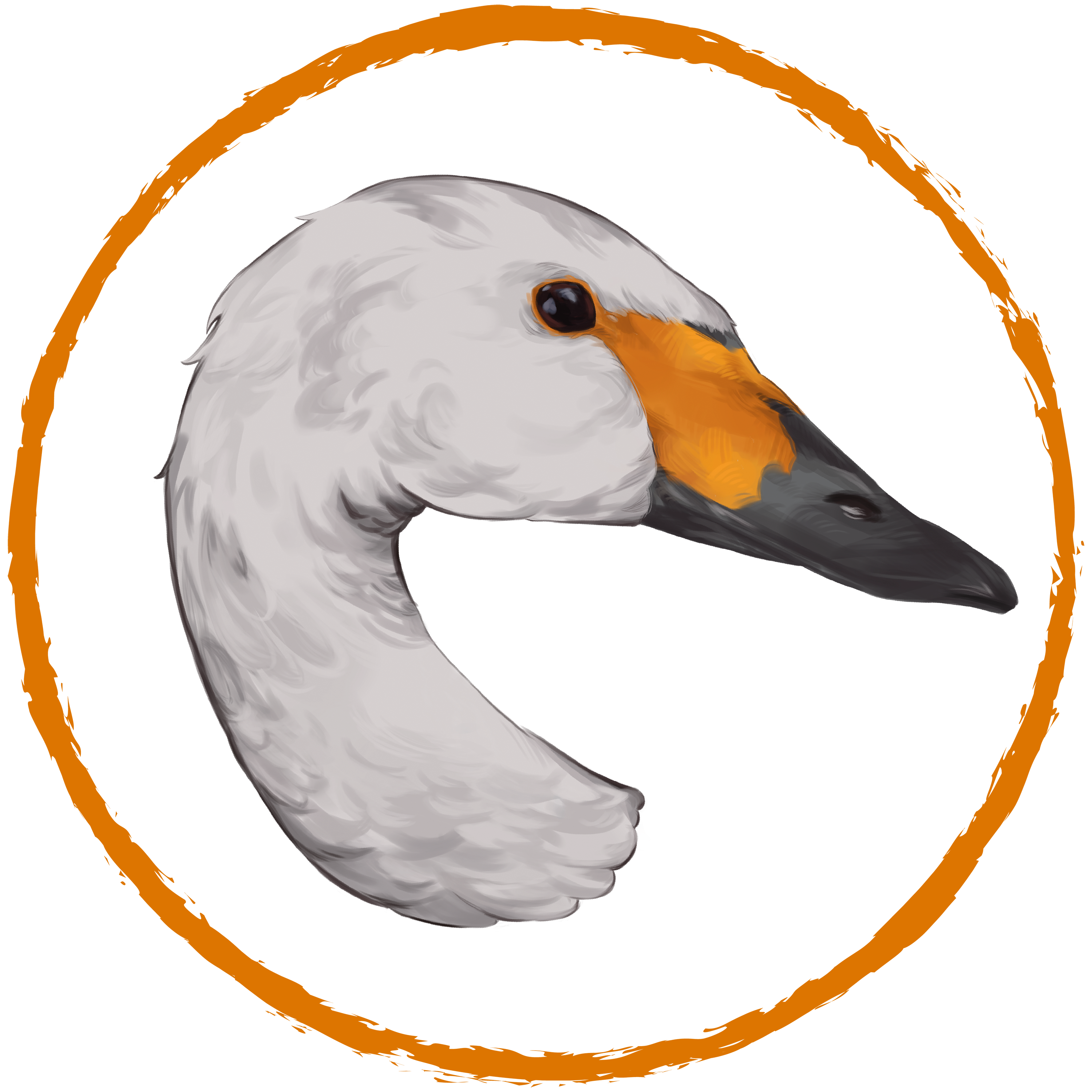Information about the tagged Bewick’s Swans
Currently, the routes of 51 Bewick’s Swans can be tracked on the map, with 29 being tagged by the German research project and 22 by the Dutch research project (as of January 2024).
Tagging in Germany
In the winters of 2021/2022 and 2022/2023, a total of 40 yellow GPS transmitters were attached to Bewick’s Swans in Lower Saxony, of which 29 are currently active. The transmitters are equipped with a total of three solar panels, which power the transmitters. Depending on the hours of sunlight and the battery level, the transmitters record the GPS position of the swans every 5 minutes to 2 hours.
Additionally, data is recorded using acceleration sensors, allowing the behavior of the swans (such as sleeping, feeding, or flying) to be traced. If the birds are within range, the data is transmitted once a day via the GSM mobile network. However, there may be technically induced delays due to dead zones. Nevertheless, the data is stored on the transmitter and transmitted when the network is next contacted. The same applies if the birds leave the reception area of the mobile network for the breeding season.
Each transmitter also has a four-digit alphanumeric code printed on it, ending in T. This code allows the Bewick’s Swans to be individually identified in the field. In addition, all tagged Bewick’s Swans wear a yellow leg ring with the same code.

Tagging in the Netherlands
The tagged Bewick’s Swans of our Dutch colleagues from the Netherlands Institute of Ecology (NIOO-KNAW) can also be tracked on the map: Until the 2022/2023 season, a total of 34 white GPS transmitters were attached to Bewick’s Swans, with a focus on tagging young birds. The alphanumeric code of these birds ends in E. Currently, 22 of these transmitters are active. The transmission of this data occurs in the same way as described above.

Breeding Success of the tagged Bewick’s Swans
Some of our transmitter-equipped Bewick’s Swans have already brought offspring:
| Name | Sender | 2022/23 | 2021/22 |
| Clyde | 013T | 0 | 1 |
| Kopernikus | 031T | 3 | 0 |
| Natascha | 037T | 1 | 0 |
| Rasputin | 044T | 1 | 1 |
| Deneb | 047T | 2 | 2 |
| Nadeschda | 048T | 1 | 1 |
Additionally, Frauke (038T) and Thor (030T) returned as a pair in the 2022/23 season, but no offspring has been observed yet. More information on this can be found in the blog post from November 22, 2022.

